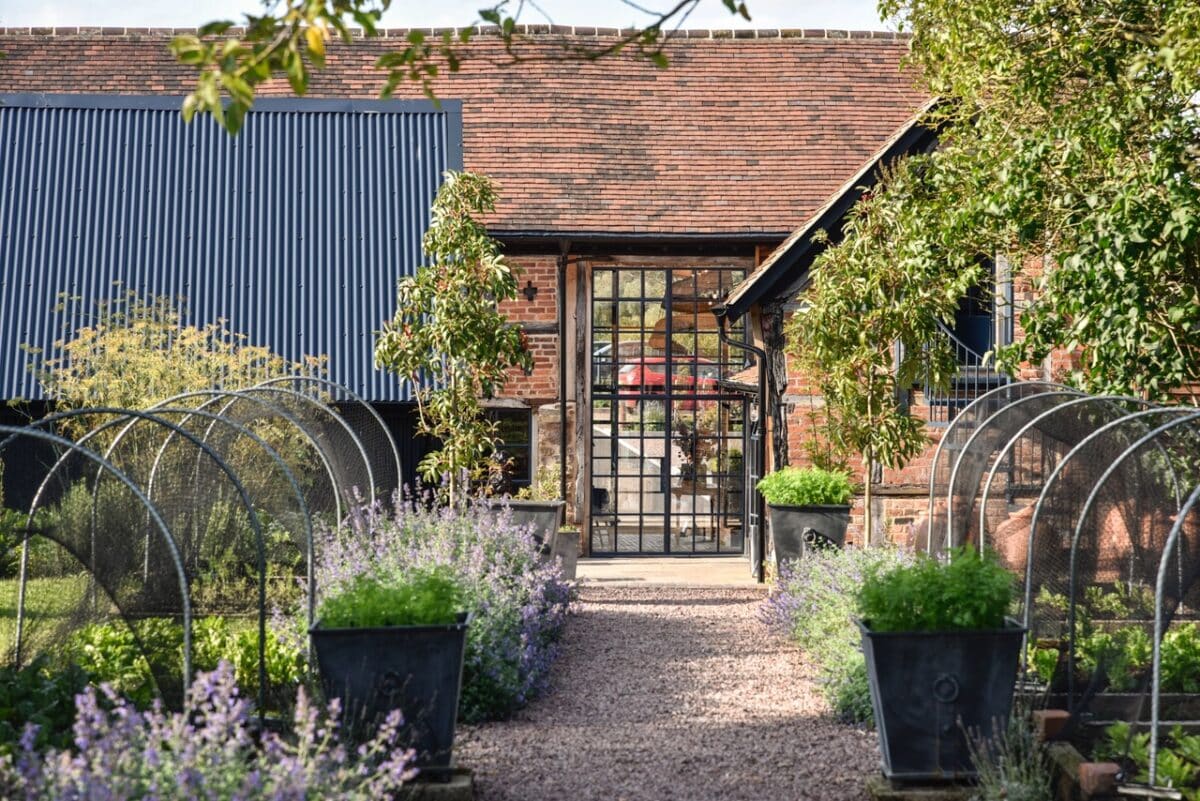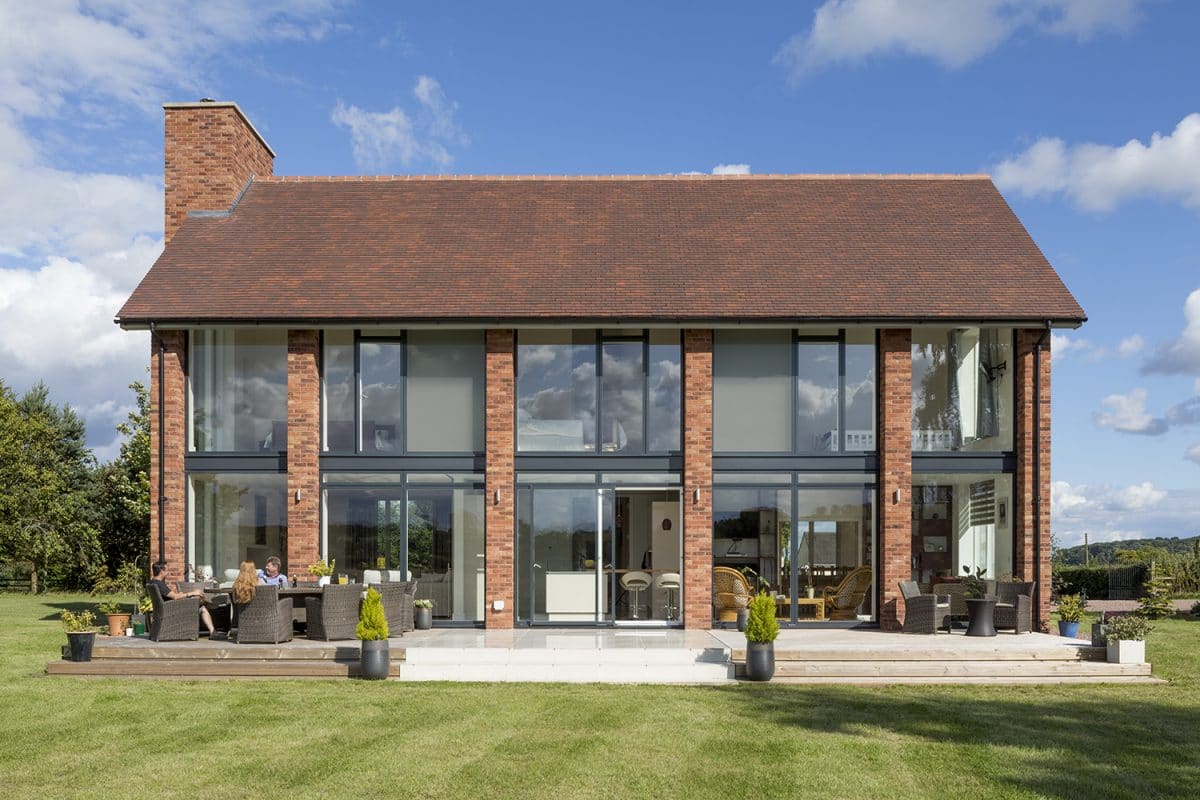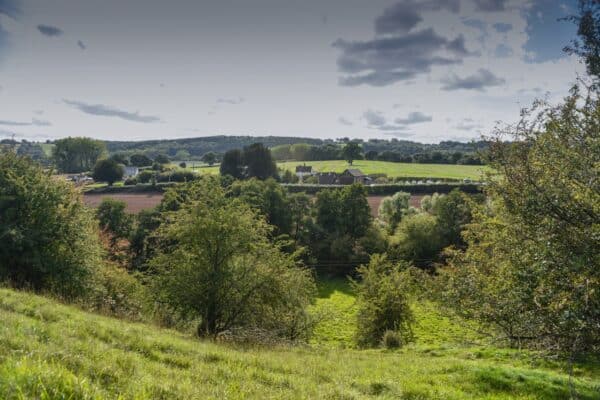The summer of 2020 saw several changes around planning permission and permitted development. Some changes are still at proposal stage, other changes have already passed into law.
In this article, we look at the changes in broad terms and reflect on how they are likely to affect us and our clients. As usual on technical articles of this kind, we’ve enlisted the expertise of David Keyte of DK Planning & Development.
The Planning for the future white paper and what it means for you
In August 2020, the Government launched its planning consultation, Planning for the future. The Government says the aim of the proposals are “to streamline and modernise the planning process, bring a new focus to design and sustainability, improve the system of developer contributions to infrastructure, and ensure more land is available for development where it is needed.”
From our point of view, we see there being four areas that are of particular interest to us and our clients:
- the introduction of zonal planning systems
- the introduction of a National Model Design Code
- the streamlining of planning applications
- changes to Section 106 contributions.
Let’s look at each of them in turn.
The introduction of zonal systems
You may have heard about these in the news over the summer. These will mean that Local Plans will need to put land into one of three categories:
- Growth areas, which are suitable for substantial development, and where outline approval for development would be automatically secured for forms and types of development specified in the relevant Local Plan
- Renewal areas, which are suitable for some development, such as gentle densification
- Protected areas, where development is restricted.
The reforms also propose allowing local planning authorities to identify sub-areas in their Growth areas for self- and custom-build homes, so that more people can build their own homes.
The way land is designated is obviously still to be decided. Our hunch is that Growth areas will be around major towns and cities, although it may also be larger villages.
Protected areas are likely to include Areas of Outstanding Natural Beauty (AONBs) and conservation areas, so development in these places will be as tightly restricted as it is at the moment.
In our part of the world, it is likely that Renewal areas will be of the biggest interest. These are likely to include town and village centres. They may also include the outskirts of rural villages which have scope for reasonable sustainable development as well as former factory sites and other similar places.

The National Model Design Code
In October 2019, the Government published its National Design Guide, which defined ten key characteristics of what it considers to be beautiful, enduring and successful places. In Autumn 2020, the Government will introduce a National Model Design Code that will supplement the guide and set out more detailed parameters for development in different types of location. The Government says it expects the Code to directly influence the design of new communities. At the same time, it recognises that every area has distinctive local characteristics – a Herefordshire village is very different to a Cotswolds one, for example, so it recommends that local guides and codes are also created.
Overall, the aim of these proposals is to ensure minimum design standards are enshrined in law so developments are, as it describes it: “durable and sustainable”.
Streamlining planning applications
The white paper proposes changes to streamline planning applications. There are two key proposed changes. The first is that the time limits of eight or 13 weeks for granting planning permission will be made statutory – that is, decisions will have to be made within those time limits.
Changes to Section 106 contributions
This is an interesting point for anyone concerned about the effect of new developments on the local infrastructure.
At present, developers and local authorities negotiate Section 106 agreements, which agree the amount a developer should pay to mitigate the impact of their development on the local area. Under the proposals, Section 106 agreements will be replaced with a Community Infrastructure Levy that’s based on a nationally set, value-based flat rate charge. The proposals say: “The intention is that the new Levy would raise more revenue than under the current system of developer contributions, and deliver at least as much – if not more – on-site affordable housing as at present.”
To our mind, this should help plug the gap between contributions that are made and the contributions that are required, which is welcome.

Changes to permitted development that came into force this summer and how they affect you
The Planning for the future white paper sets out the Government’s hopes and intentions. Elsewhere, there have been changes to permitted development rights that have already come into force.
A key one for homeowners is that houses that are two storeys or more high can now have an additional one or two storeys added without the need to seek planning permission. While this is a major development, it is worth saying that there are some fairly stringent restrictions in place. The biggest of these are that the dwelling must have been built between 1 July 1948 and 5 March 2018 and it can’t be in an AONB, a conservation area or any other area where development is restricted. The same right to add an additional one or two storeys also applies to detached blocks of flats.
Another change is in relation to detached blocks of flats and single detached buildings that fell into the B1 Business class (certain types of office, buildings used for research and development of products or processes and buildings used for industrial processes). These buildings can now be demolished and replaced with new houses or blocks of flats, subject to various restrictions, without planning permission. This includes the fact that the building must have been in existence before 12 March 2020 and have been built before 31 December 1989.
Finally, on all permitted development constructions, including barn conversions secured under Class Q, there has been a blanket introduction of the requirement for the habitable rooms in new buildings to have provisions for adequate daylight. The aim is to improve the design and quality of homes built under permitted development rights because there is some evidence that some lower quality homes developed under the rights would have a negative impact on the health, wellbeing and quality of life of future occupiers.
Finally and literally hot off the press, the Housing Secretary Rt Hon Robert Jenrick MP announced on 30 September 2020 that from now on all new homes delivered through permitted development rights must meet internal space standards contained in the Technical housing standards – nationally described space standard. As an example, a new one bed, one person unit with a shower room must have a gross internal floor space of 37 sq m or greater.
Extensions to planning permission
The last change to look at is extensions to unimplemented planning permissions. With Covid-19 restrictions in place, many building projects had to be delayed. The Government has said that if your planning permission was due to lapse between 19 August 2020 and 31 December 2020, it has automatically been extended to 1 May 2021. There is no need to obtain Additional Environmental Approval.
If your planning permission was due to lapse between 23 March 2020 and 19 August 2020, the limit has been extended to 1 May 2021. However, you will need to seek Additional Environmental Approval.
A pro-development direction of travel
The Government has introduced and is looking to introduce a number of significant changes to planning and permitted development legislation. Overall, the changes demonstrate that the Government is setting a clear direction of travel in favour of development and helping to build the homes our country needs.



